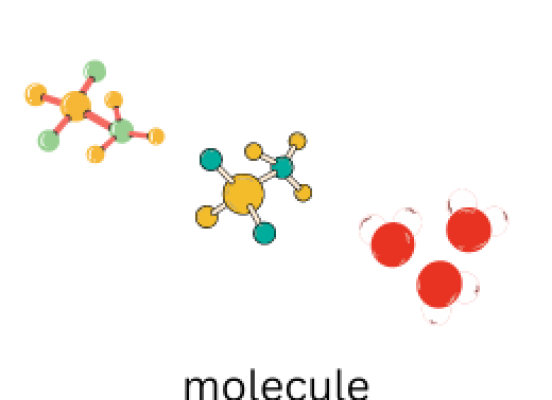

Molecular Orbital Theory:
Molecular Orbital Theory is a fundamental concept in chemistry that describes the bonding of atoms to form molecules. It is based on the concept of combining atomic orbitals to create new orbitals that extend over the entire molecule. The theory was first proposed in the 1930s by Friedrich Hund and Robert Mulliken, and has since been developed into a powerful tool for predicting the electronic structure and properties of molecules.
At the heart of molecular orbital theory is the idea that atoms can share electrons to form covalent bonds. In this type of bond, electrons are shared between two atoms to form a bond that holds the atoms together. In molecular orbital theory, the electrons are not simply shared between atoms, but instead are distributed over the entire molecule in the form of molecular orbitals.
Molecular orbitals are created by the combination of atomic orbitals, which are the regions around an atom where electrons are most likely to be found. When two or more atomic orbitals combine, they form new orbitals that extend over the entire molecule. These new orbitals can be bonding or antibonding, depending on the phase relationship between the atomic orbitals that form them.
Bonding orbitals are lower in energy than the atomic orbitals that form them, while antibonding orbitals are higher in energy. When two atoms form a covalent bond, their atomic orbitals combine to form a bonding molecular orbital and an antibonding molecular orbital. The electrons in the bonding molecular orbital stabilize the molecule, while the electrons in the antibonding molecular orbital destabilize it.
The number of bonding and antibonding molecular orbitals that form depends on the number of atomic orbitals that combine. For example, when two atomic orbitals combine, they form two molecular orbitals – one bonding and one antibonding. When three atomic orbitals combine, they form three molecular orbitals – two bonding and one antibonding. This pattern continues as more atomic orbitals combine.
Molecular orbital theory has many applications in chemistry. It can be used to predict the electronic structure of molecules, including the number and types of bonds, as well as the shape and polarity of the molecule. It can also be used to explain the reactivity of molecules, including their ability to undergo chemical reactions.
Valence Shell Electron Pair Repulsion (VSEPR) Theory:
Valence Shell Electron Pair Repulsion (VSEPR) theory is a concept in chemistry that is used to predict the shape of molecules. It is based on the idea that the electron pairs in the valence shell of an atom repel each other, and that the molecule will adopt a shape that minimizes this repulsion.
The valence shell of an atom is the outermost shell of electrons, which are involved in chemical bonding. In VSEPR theory, the electrons in the valence shell are treated as pairs, whether they are bonding pairs (involved in covalent bonds) or nonbonding pairs (not involved in covalent bonds). These pairs of electrons repel each other, and the molecule will adopt a shape that minimizes this repulsion.
The basic idea of VSEPR theory is that electron pairs in the valence shell of an atom will adopt a geometry that maximizes the distance between them. This minimizes the repulsion between the electron pairs and leads to a more stable molecule. The shape of the molecule is determined by the number of electron pairs around the central atom, as well as the number of lone pairs of electrons.
The most common shapes of molecules predicted by VSEPR theory include linear, trigonal planar, tetrahedral